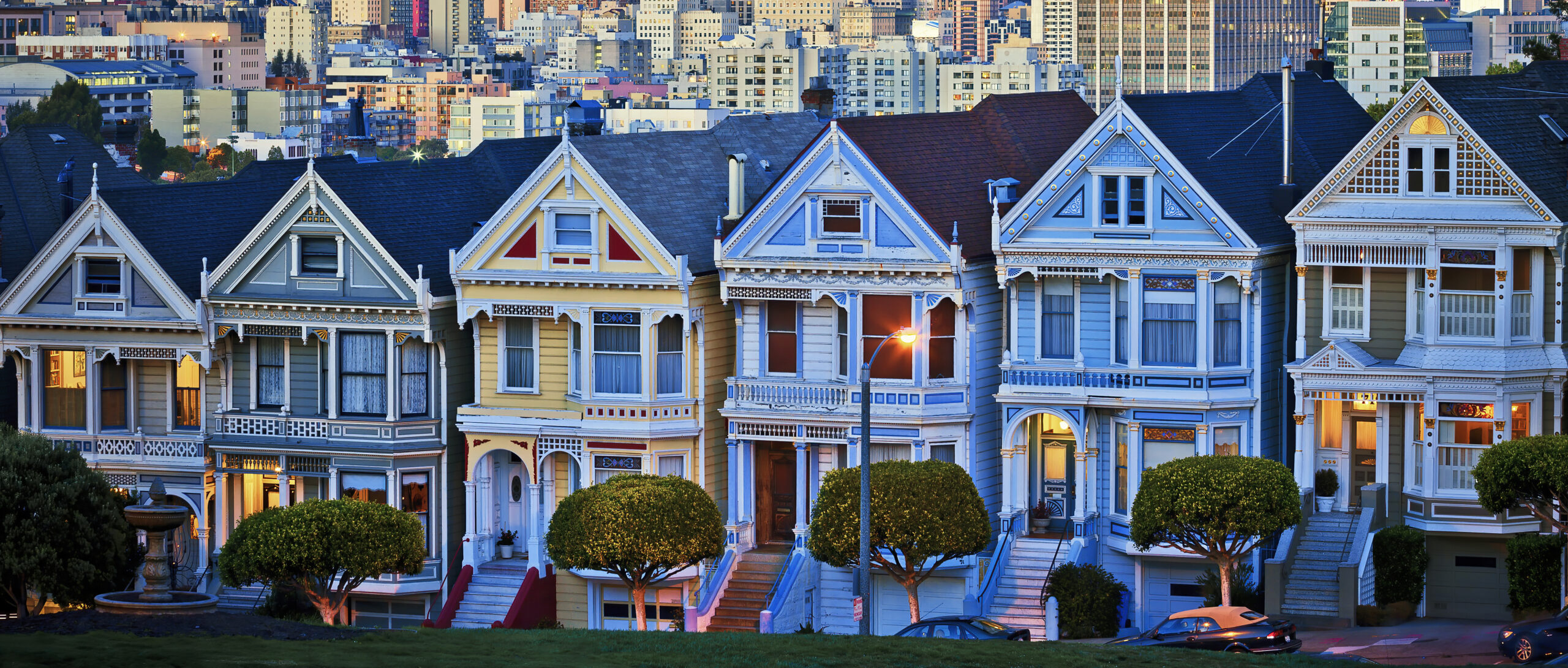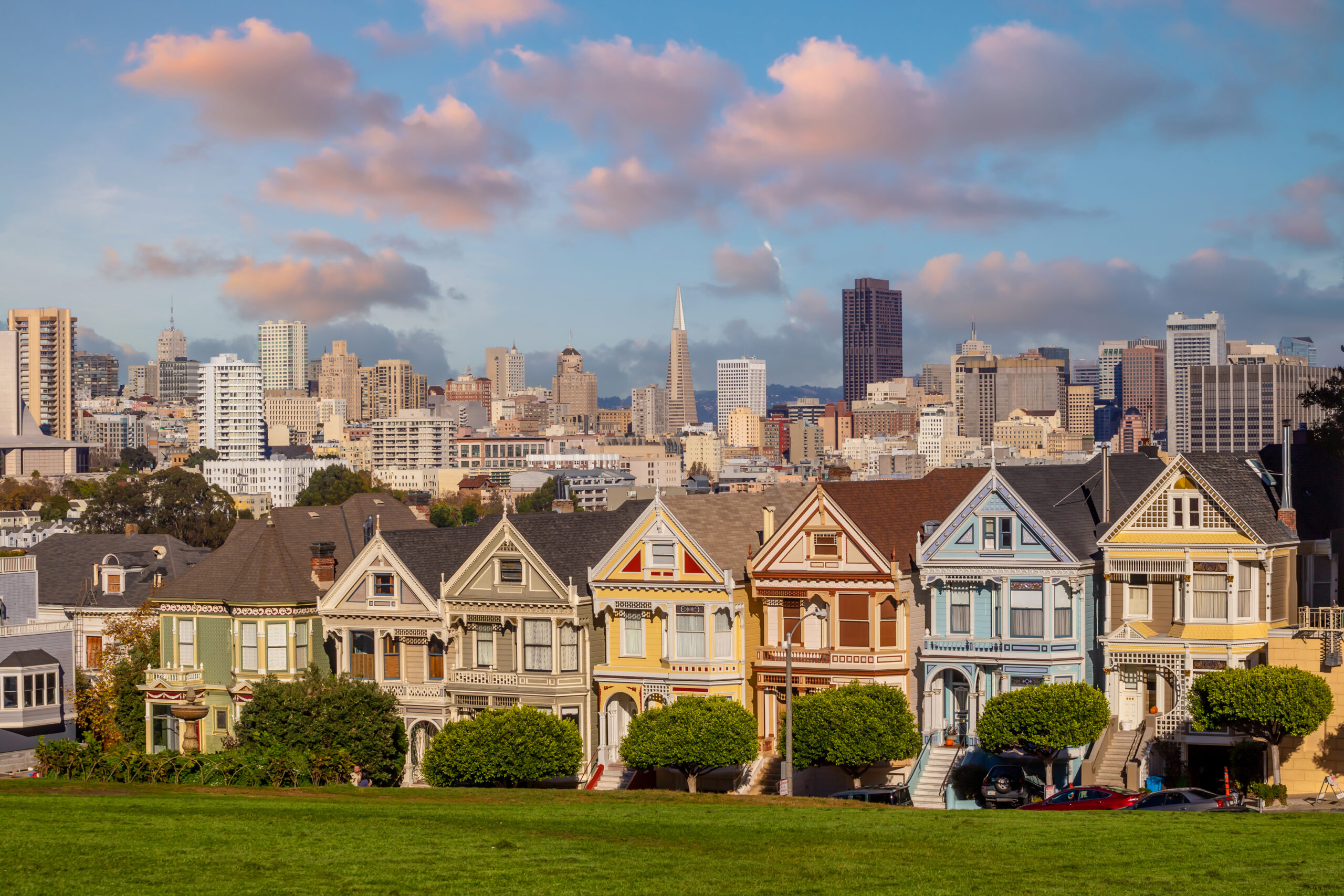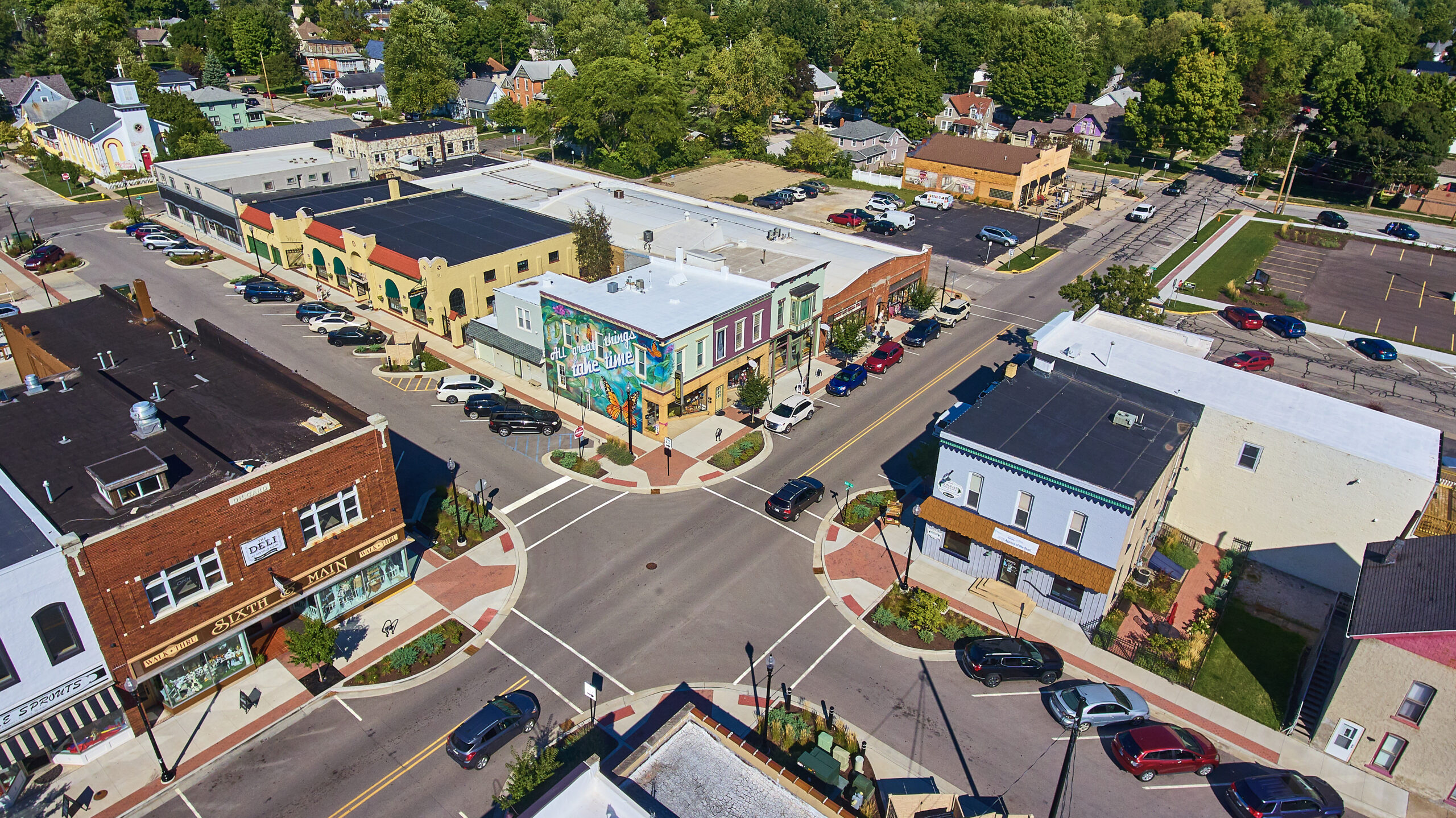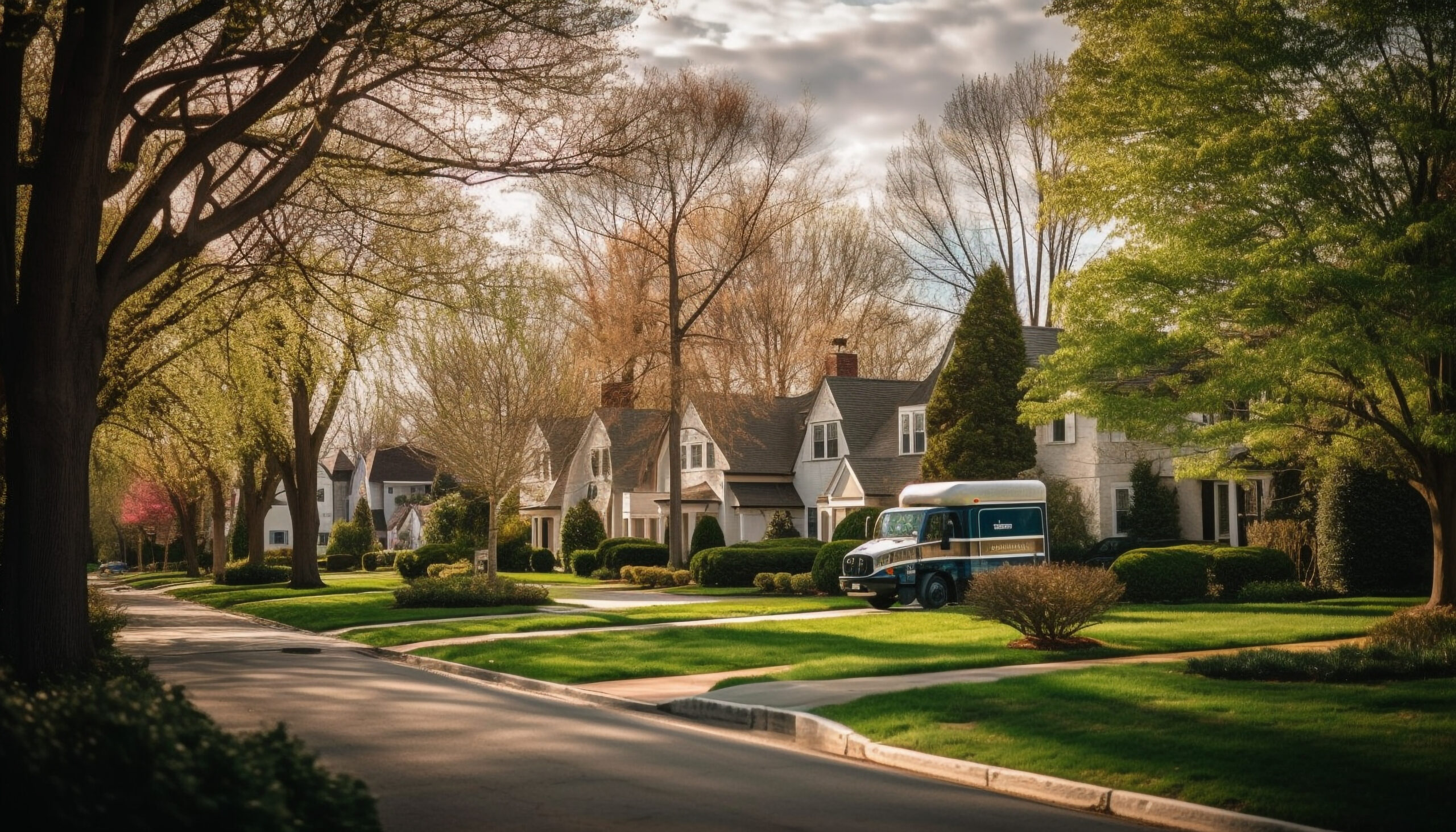
07 Nov The Ultimate Guide: Exploring the Different Neighborhoods of St. Louis for Property Managers
St. Louis, fondly called the “Gateway to the West,” is more than a historical landmark. For property managers, it’s a vast playground of diverse neighborhoods with distinct vibe, value, and potential. Let’s embark on a journey exploring these neighborhoods.
Exploring the Different Neighborhoods of St. Louis: A Guide for Property Managers
St. Louis isn’t just a city; it’s a tapestry of cultures, histories, and communities. For property managers, understanding the nuances of each neighborhood can be the key to successful investments.

Downtown St. Louis
The bustling heart of St. Louis, where old-world charm meets the hustle and bustle of urban life.
Business Hub
Skyscrapers touching the heavens, corporate offices buzzing with activity, and the pulse of commerce—Downtown St. Louis is where business happens.
Cultural Attractions
From museums that house treasures to theaters echoing with dramatic performances, downtown is where culture comes alive.
Central West End
Marrying the elegance of historic mansions with the convenience of modern living, Central West End has it all.
Dining and Nightlife
Whether you’re in the mood for a candlelit dinner or a night on the town, Central West End promises a memorable evening.
Architectural Marvels
Stroll through the streets, and grand houses and buildings will greet you, each telling a tale of the city’s illustrious past.
The Hill
A testament to St. Louis’s Italian heritage, The Hill brims with life, flavor, and a close-knit community vibe.
Famous Eateries
You last tasted Italian cuisine when you dined at one of The Hill’s authentic restaurants.
Close-knit Community
From vibrant festivals to spirited neighborhood events, The Hill thrives on community interaction.
Soulard
The historic French touch of St. Louis, Soulard blends rich traditions and youthful energy.
Farmers Market
Freshest of the fresh, the Soulard Farmers Market is a haven for organic enthusiasts and those who love local produce.
Mardi Gras Celebrations
Experience Mardi Gras second only to New Orleans. The colors, the spirit, and the celebration – it’s all here.
Tower Grove South
Tower Grove South is an extraordinary medley of cultures, beautiful parks, and a strong sense of community.
International Cuisines
Take a culinary world tour with the diverse food options available here.
Tower Grove Park
The heart of the neighborhood is the ideal spot for community events or a leisurely afternoon.
Delmar Loop
A street that truly never sleeps, offering everything from live music to unique shopping experiences.
Live Music Venues
The streets come alive every evening with melodies from local and international artists.
Unique Shopping
Independent boutiques and stores offer something for every shopper’s taste.
The Importance of Location for Property Managers
Understanding each neighborhood’s nuances can determine a property’s value and demand. Being in the know is vital for any property manager aiming for success.

Pros and Cons of St. Louis Neighborhoods
Like any significant city, St. Louis offers a diverse range of neighborhoods, each with pros and cons. Property managers need to understand these nuances to make informed decisions. Here’s a closer look:
Pros:
Affordability
Many St. Louis neighborhoods offer affordable housing options, making it an attractive choice for property investment.
Strong Rental Market
The city boasts a robust rental market, ensuring a steady stream of tenants for property managers.
Cultural Attractions
Neighborhoods like the Central West End and Soulard offer vibrant cultural scenes, attracting renters and buyers.
Job Opportunities
Proximity to major employers and a growing job market make some neighborhoods, such as Downtown and Clayton, highly desirable.
Historical Charm
Areas like Lafayette Square and Shaw preserve the city’s historical charm, making them unique and appealing to tenants.
Cons:
Crime Rates
While crime rates have improved in recent years, some neighborhoods still have higher crime rates, requiring property managers to invest in security measures.
Education Disparities
Educational quality varies across neighborhoods, so property managers must consider the quality of nearby schools.
Property Condition
Older neighborhoods may require more maintenance and renovation, increasing property management costs.
Traffic Congestion
Some areas face traffic congestion during rush hours, affecting accessibility.
Economic Disparities
St. Louis struggles with economic disparities, leading to unequal neighborhood development.
Understanding these pros and cons will help property managers tailor their strategies to their specific neighborhoods, ensuring success in the St. Louis real estate market.
Why St. Louis is a Prime Real Estate Market
St. Louis has emerged as a prime real estate market for various compelling reasons, making it an attractive destination for property managers. Here’s why:
Affordability
St. Louis offers affordable real estate compared to many major cities, making it an accessible market for property investment.
Steady Demand
The city’s stable job market and educational institutions create a consistent demand for rental properties.
Rental solid Yields
Property managers can expect competitive rental yields due to the city’s affordability and growing population.
Diverse Economy
St. Louis boasts a diverse economy, including healthcare, finance, and manufacturing, reducing economic volatility.
Revitalization Efforts
Ongoing revitalization projects in neighborhoods like Downtown and the Cortex Innovation District attract renters and buyers.
Culture and Entertainment
The city’s cultural attractions, including museums, sports teams, and vibrant neighborhoods, add to its appeal.
Proximity to Nature
St. Louis offers proximity to parks, the Mississippi River, and outdoor recreational opportunities, enhancing the quality of life for residents.
Historical Charm
Many neighborhoods preserve historical architecture, adding character to the city.
Property Management St Louis MO benefits from the synergy of these components, culminating in an ideal environment for property managers aiming to leverage the burgeoning real estate market in St. Louis. Profound insights into the city’s strengths are pivotal in shaping investment choices and formulating effective property management strategies.

The Diversity of St. Louis Neighborhoods
St. Louis is known for its rich history, vibrant culture, and diverse neighborhoods. As property managers, understanding this diversity is crucial for success in the real estate market. Here, we’ll explore the different facets that make St. Louis neighborhoods unique:
Cultural Tapestry
St. Louis is a melting pot of cultures, each contributing to the city’s dynamic neighborhoods. From the historic Italian area of The Hill to the vibrant Asian communities in the Delmar Loop, you’ll find a rich tapestry of cultures, traditions, and cuisines.
Architectural Variety
One of the striking features of St. Louis neighborhoods is the architectural diversity. The city boasts beautifully preserved historic districts like Lafayette Square with its Victorian-era homes, while the Central West End offers a mix of historic and modern high-rises.
Economic Profiles
Neighborhoods in St. Louis vary significantly regarding financial profiles. Areas like Clayton are known for their affluence and upscale properties, while others, like The Grove, offer more affordable housing options, attracting a younger, creative crowd.
Lifestyle Choices
St. Louis has a neighborhood to match whether you prefer a laid-back suburban atmosphere or an urban, bustling lifestyle. Areas like Webster Groves provide a suburban oasis, while the Central Business District caters to those seeking a fast-paced urban lifestyle.
Outdoor Spaces
For nature enthusiasts, St. Louis neighborhoods offer a range of parks and green spaces. Forest Park, one of the multiple extensive urban gardens in the United States, is a gem in the city’s heart. At the same time, neighborhoods like Tower Grove South offer proximity to beautiful botanical gardens.
Transportation Hubs
Access to transportation is another critical factor. Neighborhoods near major highways and public transit hubs, such as the MetroLink, offer convenience for commuting residents.
Educational Opportunities
Families often consider the quality of schools when choosing a neighborhood. St. Louis features a variety of school districts, each with its strengths.
Understanding the diversity of St. Louis neighborhoods allows property managers to cater to a wide range of tenants. By recognizing the unique characteristics of each area, you can make informed decisions and provide valuable guidance to property investors and renters alike.
FAQs
Why is The Hill known for its Italian heritage?
The Hill earned its reputation as the Italian neighborhood of St. Louis due to its rich history of Italian immigration. Italian emigrants dropped here in the 20th century, bringing their culture and cuisine. Today, you’ll find authentic Italian restaurants, delis, and bakeries that continue to celebrate this heritage.
How does Soulard’s history influence its property values today?
Soulard’s historical charm and significance contribute to its property values. The neighborhood’s well-preserved 19th-century architecture, cobblestone streets, and vibrant market reflect its history. Buyers value this authenticity, which often leads to higher property values.
Are there green spaces available in Tower Grove South for recreational activities?
Yes, Tower Grove South is home to the expansive Tower Grove Park. It offers recreational opportunities such as picnicking, jogging, and cultural events. The park’s beauty and amenities enhance the neighborhood’s quality of life.
Which neighborhood is best for nightlife and entertainment in St. Louis?
The Central West End and The Grove are renowned for their nightlife and entertainment options. They feature many bars, clubs, live music venues, and restaurants, making them hotspots for those seeking active nightlife.
How do the different communities impact property rental rates?
Rental rates in St. Louis vary significantly based on the community. Affluent neighborhoods like Clayton tend to have higher rental rates due to their upscale properties and amenities. More affordable areas like The Grove offer lower rental rates, attracting a younger, budget-conscious demographic. Factors like schools, transportation, and cultural attractions also influence rental rates, making it essential to consider the community’s unique characteristics when investing in rental properties.
Conclusion
St. Louis is a city gem, with each neighborhood offering unique charms. For property managers, understanding these nuances is the key to unlocking the city’s true potential. Whether it’s the history, the culture, or the community vibe, St. Louis promises something special for everyone.
 CLICK HERE FOR PODCAST
CLICK HERE FOR PODCAST